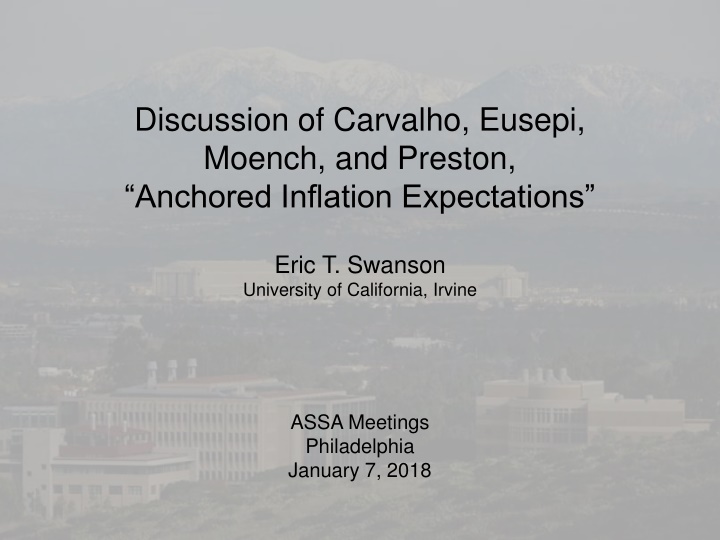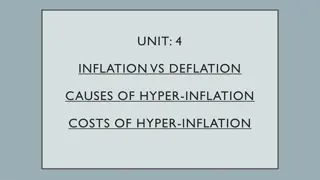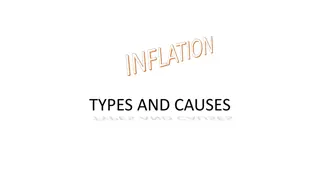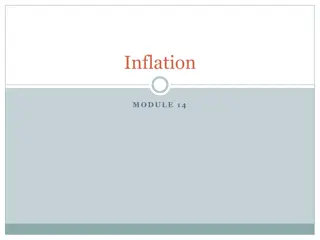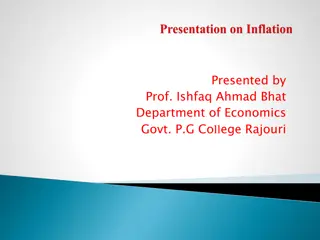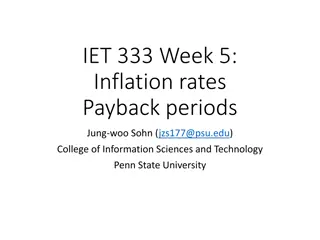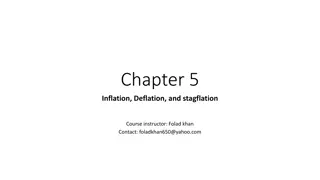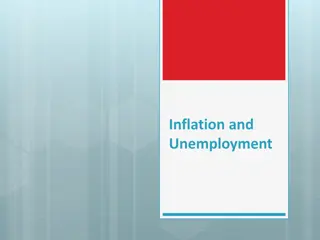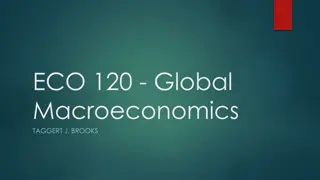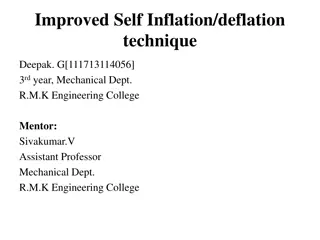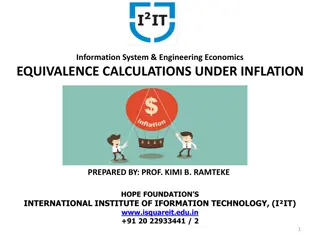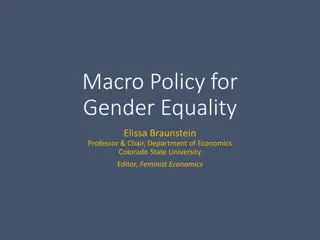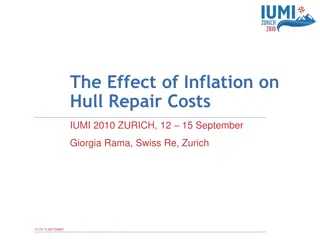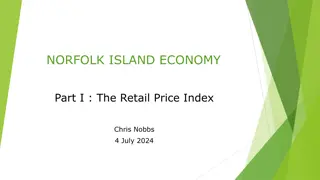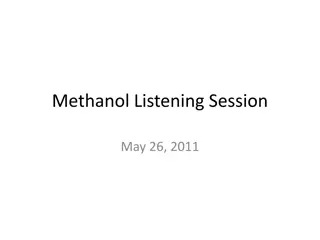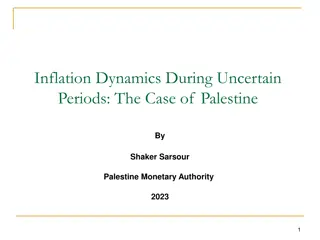Endogenous Inflation Expectations in Macroeconomic Models
The paper discusses how inflation expectations were well anchored in the 2000s compared to the 1970s, exploring the factors that influenced this phenomenon. It introduces a model that includes endogenous inflation expectations and highlights the feedback, decreasing gain, and regime-switching features in the learning process of the agents. By extending the New Keynesian model, it sheds light on the implications for inflation dynamics.
Download Presentation

Please find below an Image/Link to download the presentation.
The content on the website is provided AS IS for your information and personal use only. It may not be sold, licensed, or shared on other websites without obtaining consent from the author.If you encounter any issues during the download, it is possible that the publisher has removed the file from their server.
You are allowed to download the files provided on this website for personal or commercial use, subject to the condition that they are used lawfully. All files are the property of their respective owners.
The content on the website is provided AS IS for your information and personal use only. It may not be sold, licensed, or shared on other websites without obtaining consent from the author.
E N D
Presentation Transcript
Discussion of Carvalho, Eusepi, Moench, and Preston, Anchored Inflation Expectations Eric T. Swanson University of California, Irvine ASSA Meetings Philadelphia January 7, 2018
Background Inflation was fairly low in the early 2000s Financial Crisis in 2007-8 led to very large negative output gaps Estimated Phillips Curves at the time predicted large declines in inflation and significant deflation But inflation fell only a little bit, to about 1% One explanation is that inflation expectations were very well anchored But if inflation expectations are well anchored and is small, how did inflation move so much in the 1970s-80s?
What This Paper Does 1. Models long-term inflation expectations endogenously 2. Extends a standard New Keynesian model to include endogenous inflation expectations Central bank s inflation target is unknown by private sector Private sector agents update estimates via a Kalman- filter type process with an endogenous gain 3. Provides an explanation for why inflation expectations were well anchored in 2000s but not 1970s: Long history of stable inflation by 2008 implies a low Kalman gain
Learning Process in the Model The learning process in the model has three features: 1. Feedback: strategic complementarity in firms price setting means unstable inflation expectations cause larger inflation fluctuations today, which causes inflation expectations to be more unstable 2. Decreasing gain: agents beliefs converge toward truth over time 3. Regime switching: agents switch to constant gain if forecast errors are large:
Comment 1: High-Frequency Evidence Gurkaynak, Sack, Swanson (2005): bond market acts as if surprises in near-term inflation will partially pass through to long-term inflation (with some probability > 0):
Comment 1: High-Frequency Evidence Gurkaynak, Sack, Swanson (2005): bond market acts as if surprises in near-term inflation will partially pass through to long-term inflation (with some probability > 0):
Comment 1: High-Frequency Evidence In response to this evidence, Gurkaynak, Sack, and Swanson (2005) proposed a simple New Keynesian model in which long-term inflation expectations follow a Kalman updating process: Like the present paper, we noted that exogenous changes in long-run inflation expectations cannot fit the data But small values of .02 explain the high-frequency bond market responses very well
Comment 2: 2000s vs. 1970s This is really a paper about the 2000s, not the 1970s: In the model, 1970s was caused by bad shocks plus feedback effects to private-sector expectations Central bank could solve the 1970s inflation by announcing its inflation target to public Primiceri (2006) is a better model of the 1970s: Central bank underestimated the natural rate of unemployment And also underestimated the persistence of inflation Central bank s erroneous beliefs led to high inflation
Comment 3: Regime-Switching Kalman Gain Regime-switching Kalman gain seems arbitrary Paper also considers a continuously-varying Kalman gain but it doesn t work as well
Comment 3: Regime-Switching Kalman Gain Instead of where it seems like (1 ) would work better
Summary of Comments and Suggestions 1. Paper provides a very nice model of anchored inflation expectations in the 2000s 2. Also consistent with high-frequency evidence from bond markets 3. Regime-switching Kalman gain seems arbitrary; a continuously-varying Kalman gain would be more appealing
